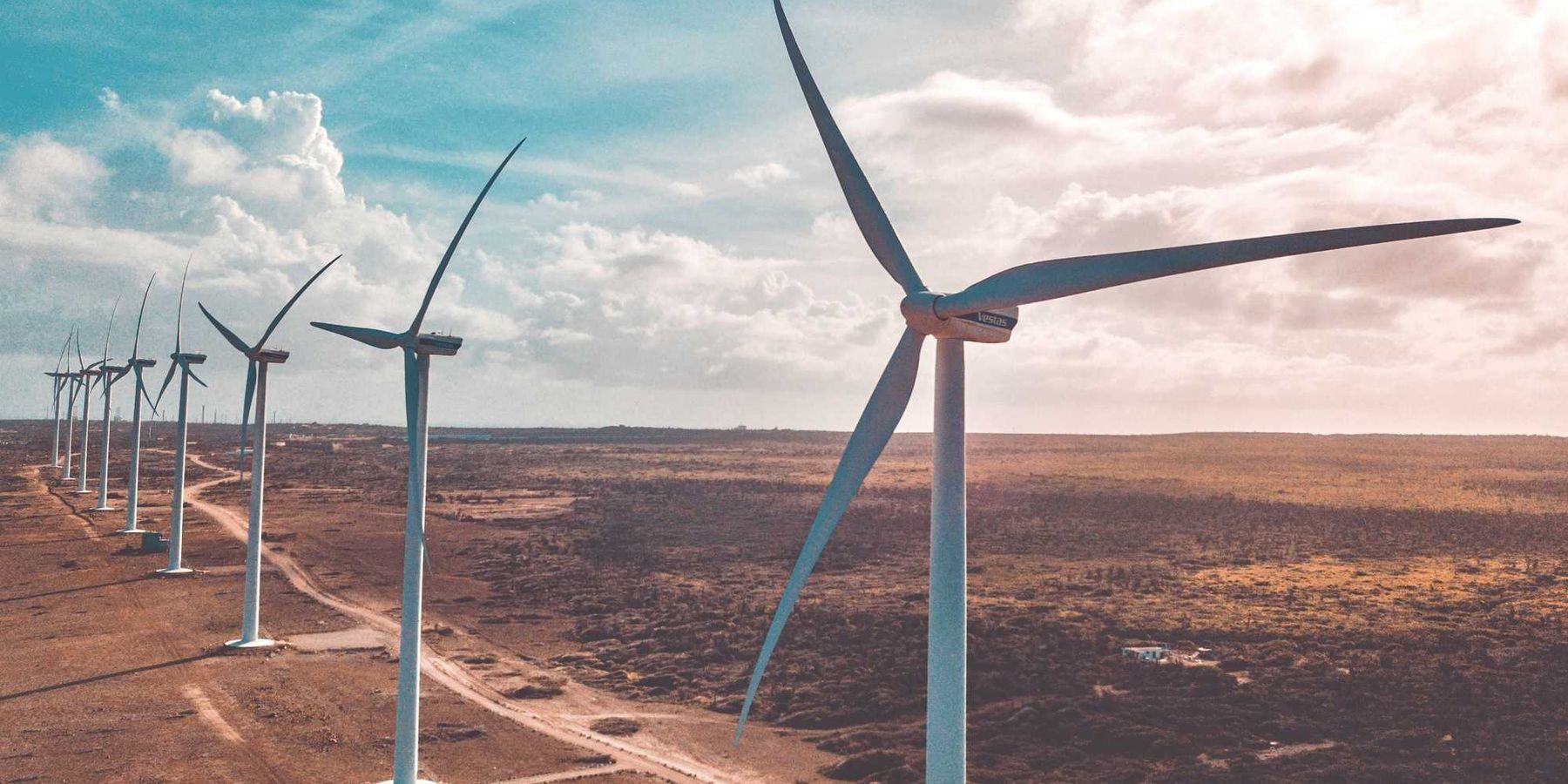Coffee farmers face rising prices amid uncertain future
Global coffee prices have hit a 50-year high, but climate change, rising production costs, and unpredictable weather leave many farmers struggling to profit.
Peter S. Goodman reports for The New York Times.
In short:
- Coffee growers in Honduras and beyond are grappling with soaring production costs, extreme weather, and labor shortages, despite record-high prices.
- Climate change is disrupting the global coffee supply, with droughts, erratic rainfall, and plant diseases threatening long-term production.
- Large coffee companies pass rising costs to consumers, while small farmers often see little of the increased revenue.
Key quote:
“The high price is like the flashlight in the dark. 'Look, folks, we have an issue.' How do we use this to make sure farmers have stable and sustainable production?"
— Vern Long, chief executive of World Coffee Research
Why this matters:
Coffee is a staple for billions, but its production is increasingly unstable. Small farmers, who produce the majority of the world’s coffee, are vulnerable to climate shocks and economic pressures. Rising temperatures and unpredictable weather are already cutting yields, while major corporations continue to profit. Many farmers are forced to consider abandoning coffee altogether. If these trends continue, coffee could become more expensive and harder to find, reshaping global markets and supply chains.













